What Brings You to DC?
Varieties of abundance, reading Middlemarch, too many mosquitoes
I came to DC last week for the Abundance conference, where I was on the program. If you’re curious about what happened, Jerusalem Demsas does a good job capturing the atmosphere here. Alex Tremath of the Breakthrough Institute published his talk here. Steve Teles gave a talk on his “varieties of abundance” typology (to which Alex recently added “snowmobile abundance”).
My session was titled “Technocracy versus Market Dynamism,” a conversation with Marc Dunkelman, whose book Why Nothing Works: Who Killed Progress—and How to Bring It Back makes the case that progressives need to rediscover their Hamiltonian side and trust government authorities with more discretion to act. It was a rambling conversation. Moderator Jim Pethokoukis wanted to talk about industrial policy, Marc wanted to talk about Jeffersonians versus Hamiltonians and discretion, and I wanted to talk about the value of price signals.
One interesting discussion was about what to do about things like power lines, which have large, dispersed benefits but require local harms. They need land and, more important politically, they annoy neighbors who find them ugly and intrusive and want the right to block them. It’s a classic Coasian bargaining situation, where in theory the power company could pay the neighbors for permission to mar their views. Unfortunately, transaction costs generally make those deals prohibitively expensive.1 As a model of good policy, I managed to dredge from my memory a discussion of cell towers dating to The Substance of Style (2003). The exact passage reads:
Even when harms are too substantial for the “look away” approach to work, it’s often less costly to ameliorate spillovers than to abolish otherwise valuable activities. Because the social value of mobile phone service is so high, for instance, U.S. law2 prohibits communities from completely banning cell-phone towers. Phone companies don’t have the right to build a tower anywhere they want, but the towers can’t be kept out altogether. Towns have to find less costly ways to deal with spillovers, requiring disguises on towers, locating them in less intrusive places, or demanding reasonable compensation to nearby residents.
After the panel a former Federal Communications Commission staffer who’d been in the audience told me that the FCC has since strictly limited what kinds of demands communities can make before permitting cell towers to go up. From the commission’s website, however, it looks like federal law still provides plenty of cell-tower work for environmental lawyers.
Electric power and cell service benefit everyone and, if necessary, they may justify the use of eminent domain for land acquisition.3 The Fifth Amendment includes the so-called Takings Clause: “nor shall private property be taken for public use, without just compensation.” The clause implicitly includes a notion of prices (“just compensation”). It also, I would argue, includes a limit on the purposes for which property can be taken. They must constitute “public use,” meaning that most people benefit. No taking Vera Coking’s house in Atlantic City for a casino developer to use for parking.4
But in 1954, the Supreme Court greatly expanded that definition. In Berman v. Parker, it ruled that “public use” means “public purpose” and that “public purpose” means (to paraphrase) whatever some public officials think is a good idea. “If those who govern the District of Columbia decide that the Nation’s Capital should be beautiful as well as sanitary, there is nothing in the Fifth Amendment that stands in the way,” Justice William O. Douglas wrote for the court. The ruling enabled the subsequent destruction of urban neighborhoods in the name of “slum clearance” and “urban renewal.”
Hence I made a land acknowledgement: Our conference hotel sits on the land that included the property at issue in Berman v. Parker, the mostly black neighborhood of Southwest Washington. People who owned property there, such as Samuel Berman’s department store, had no choice about whether to sell to the government and leave. People who rented homes, two-thirds of whom has been in the neighborhood for more than a decade, had to move. Fifteen hundred businesses and 23,000 residents were displaced.
The website Segregation by Design has maps and before-during-and-after photos that capture the changes. The neighborhood was unquestionably a slum, where many homes still lacked indoor plumbing, but the “cure” was worse than the disease. A half century after the revamp, it is a Brutalist hellscape slowly crawling back to a semblance of life by the revitalization of the Wharf district.
I differ from such Abundance allies as Marc Dunkelman, Ezra Klein, and Derek Thompson in my analysis of what should replace the veto groups empowered by the backlash against urban redevelopment. (It wasn’t just Robert Moses! And it wasn’t just highways!) In most cases, markets are preferable to political decision making, whether “Jeffersonian” localism or “Hamiltonian” technocracy. Prices convey real information about costs and preferences. The solution to slums isn’t tearing down homes. It isn’t silencing price signals because you don’t like what they’re saying. It’s economic growth that raises living standards, race-neutral hiring that opens job opportunities (and promotes economic growth), and, at the margins, a safety net of income redistribution. But mostly economic growth!
Howard graduate
, who once lived in a dorm in the then-sketchy area, wrote an interesting account for Politico about the market-driven transformation of the Logan Circle neighborhood where the above photo was taken.Last night, Sally Satel hosted a salon dinner for me with about a dozen people at the American Enterprise Institute. My topic of choice, which someone noted packed three or four ideas into a single long-winded title, was “Everyone’s Reading Middlemarch: History and the humanities in the age of AI and polarization.”
was inspired to write a post on “Why read Middlemarch if you work in D.C.”Here’s my 2023 post on listening to the audiobooks of Middlemarch and Moby Dick. After I wrote that post, I scoured my bookshelves looking for my copy, which I was absolutely sure I’d never gotten rid of. No luck. About a month ago, a college friend told me she had it, had just reread it, and wanted to return it. Both of us lived in Philadelphia after graduation and used to do things together. Apparently I lent it to her in about 1983.
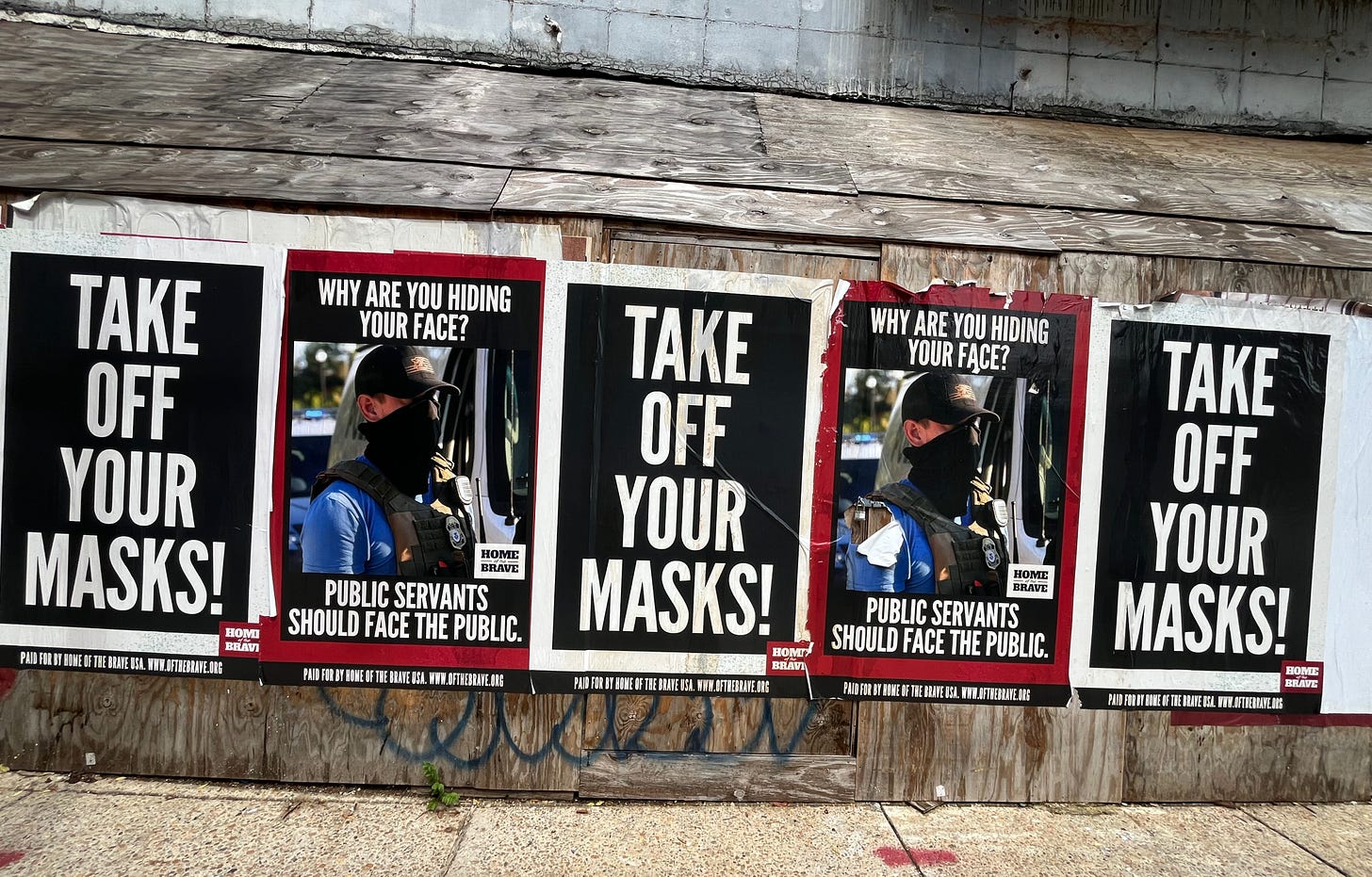
I found this sign outside a church all too understandable. I’m returning home with several bites.
Contrary to the way “the Coase theorem” is often discussed, Ronald Coase’s work was all about transaction costs—the cost of making a deal. His original article, which is quite readable, is here.
The Telecommunications Act of 1996.
Power lines often use it; cell towers rarely do. I suspect this difference is because cell towers have more flexibility about exact locations.
This kind of forced transaction always reminds me of the prophet Nathan’s parable about a poor man’s lamb.


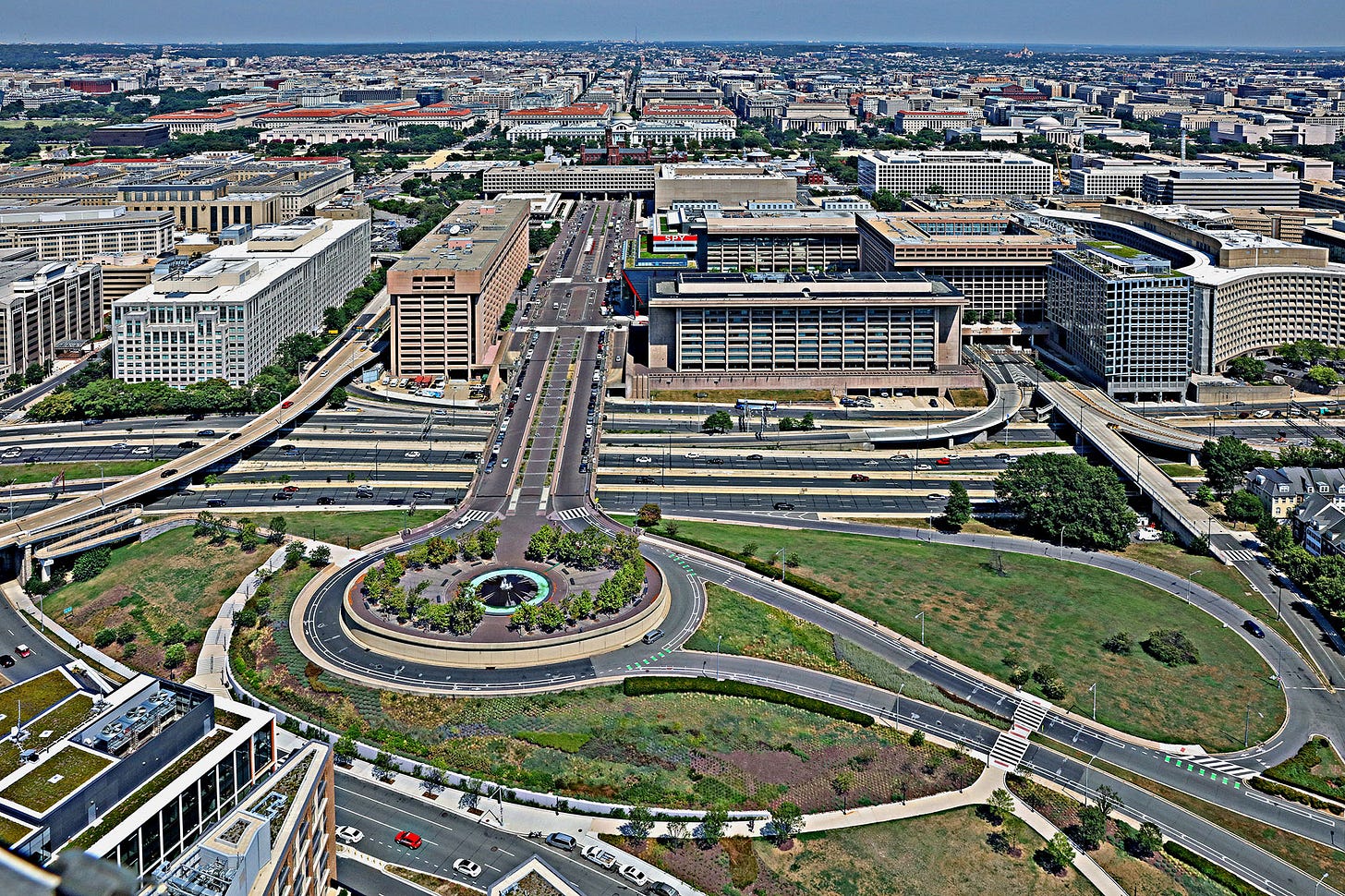
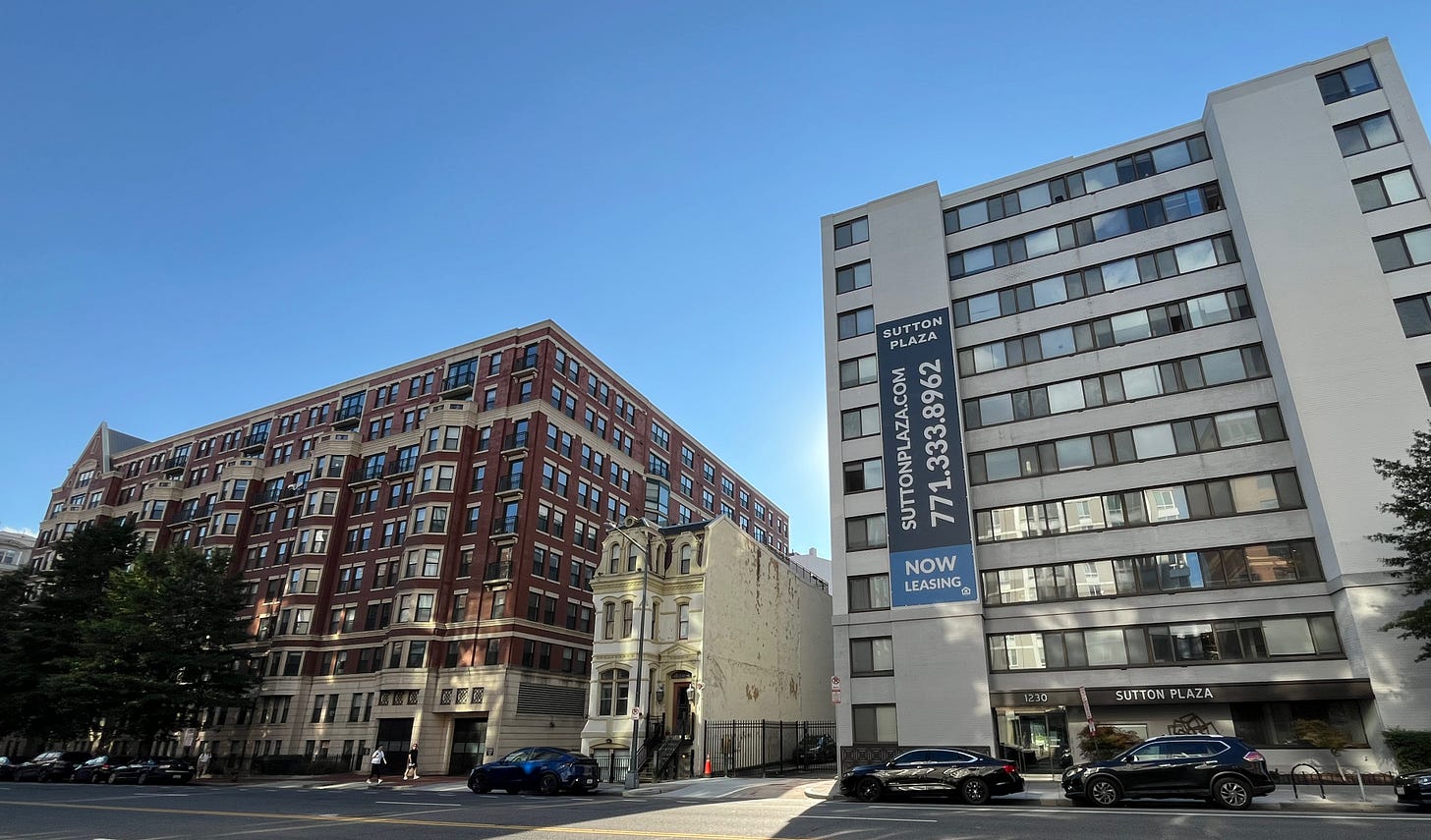
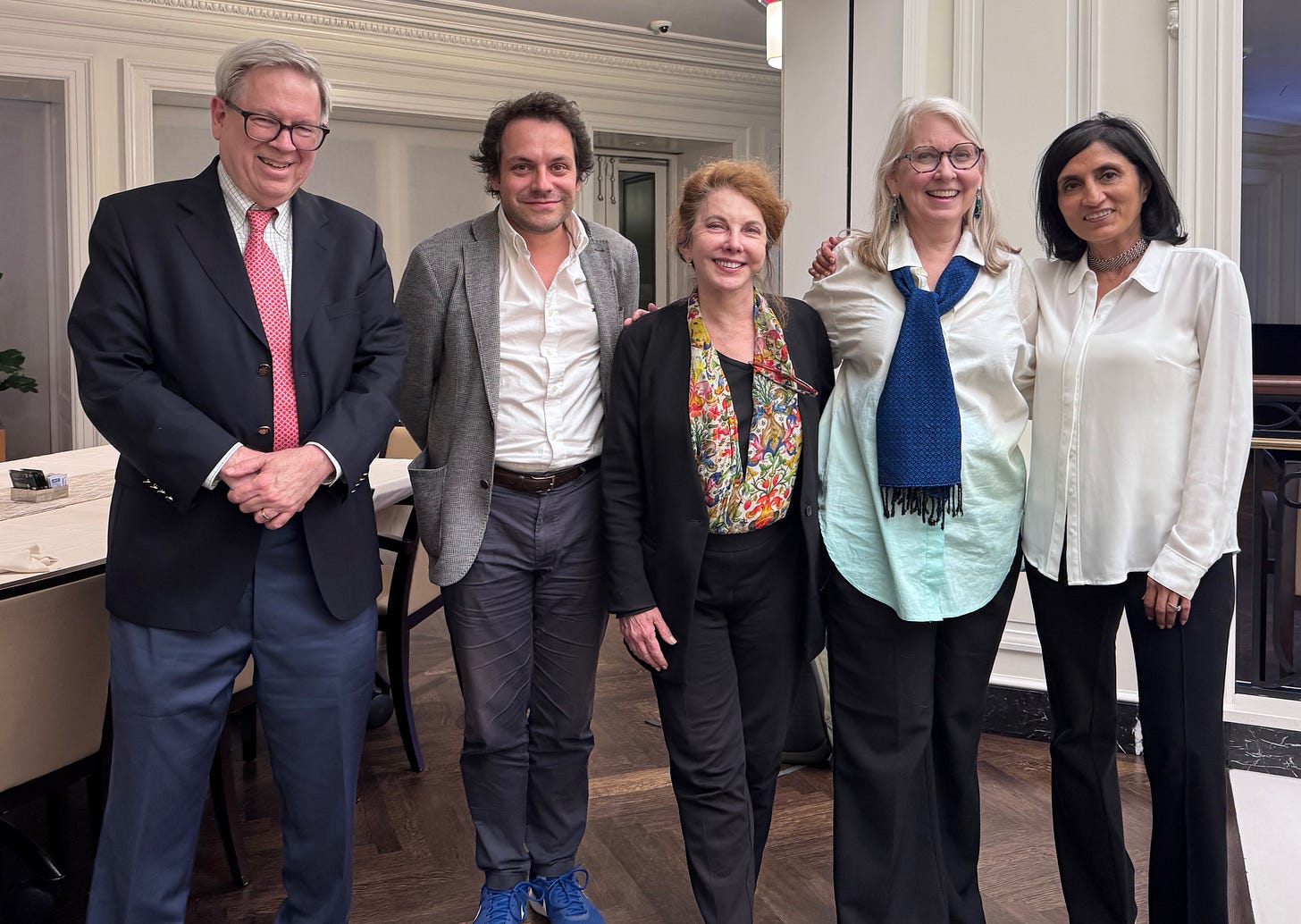
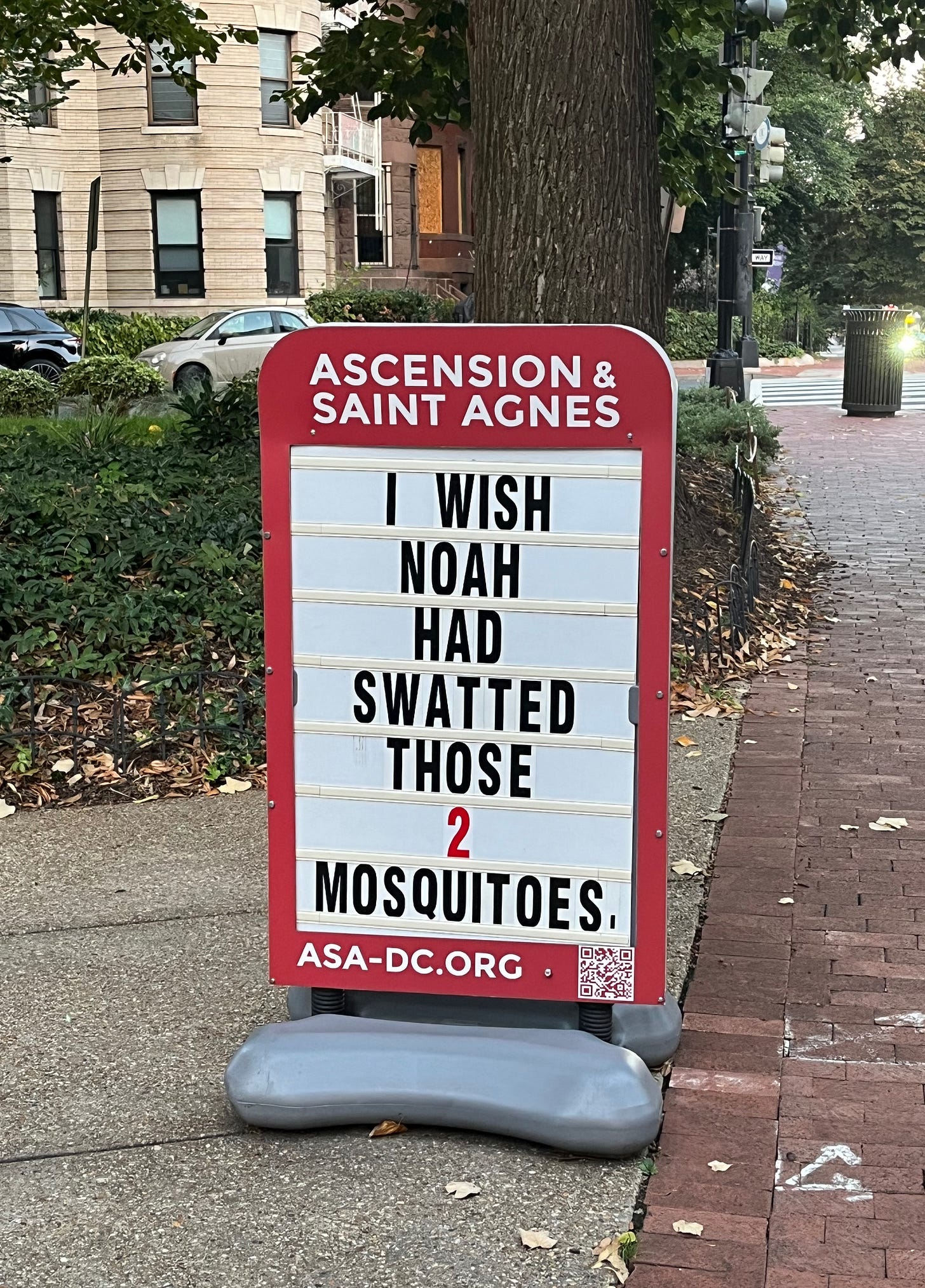
Thank you! I'm always optimistic that some economic and/or political tipping point will inspire the discovery or invention of improved technology, which will both serve the interests of the individual and supply a common benefit. I think regulation often stifles creativity, in part because the people benefiting from the current conflicts aren't interested in alternatives. A solution might make the law and its servants irrelevant.
I also believe in the old axiom: We don't solve problems, we just swap them for what we hope are a better set of problems.
Followed your link to Henry Oliver's piece and was delighted to read this: <<There is a humanities revival happening, largely outside the universities, and that is worth paying attention to. If you want to know why “everyone is reading Middlemarch” well… read Middlemarch!>>
Nice to see a humanities revival. And significant that it is taking place "outside the universities".... Perhaps this has something to do with the current collegiate focus on decolonizing intersectional identities and not on the sustaining power of great stories -- and great works of art. What they tell us about our common humanity........